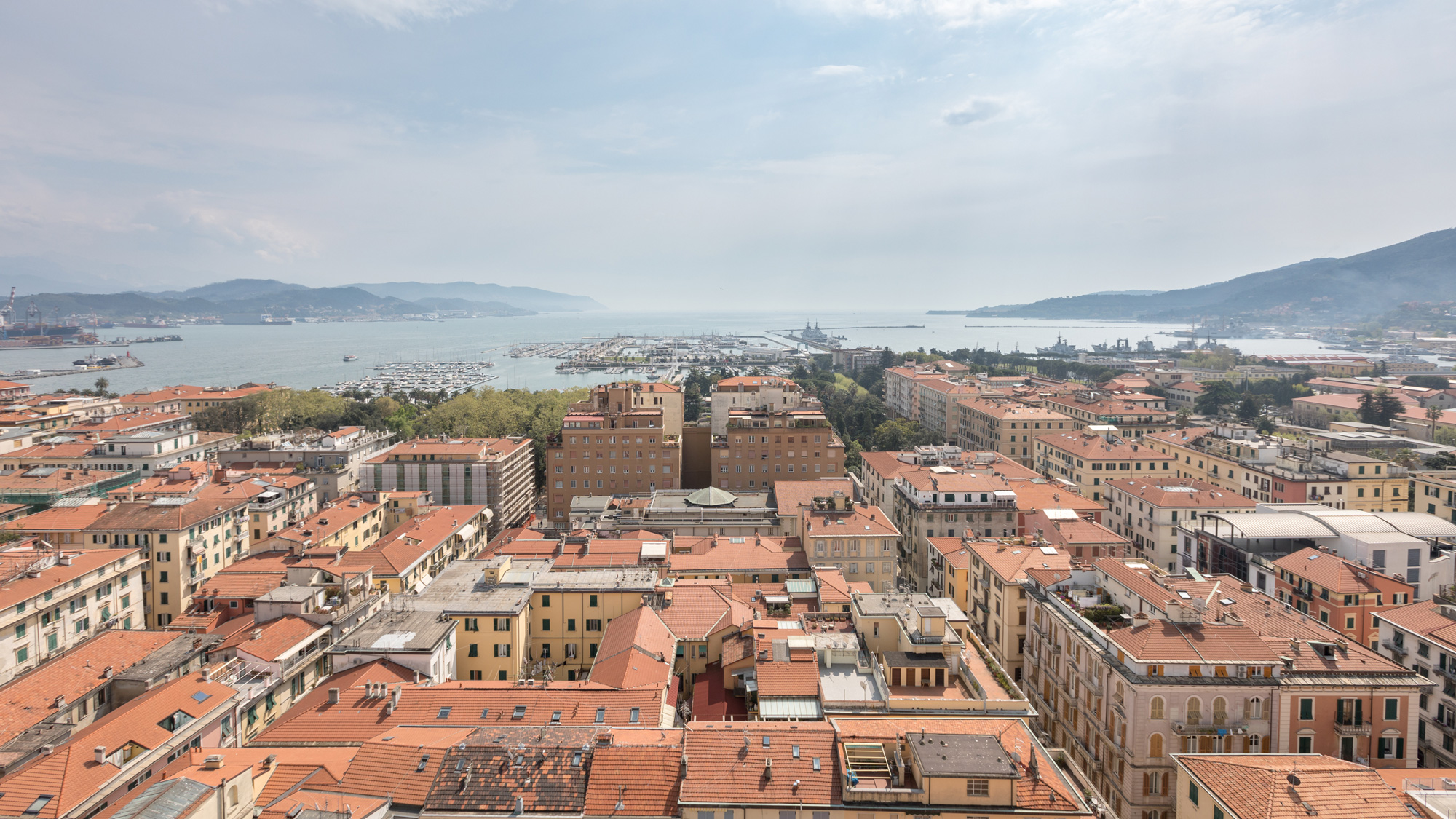Chronology of the city
1160 La Spezia is cited for the first time in a document: a commercial deed in which a certain Bonus Johannes and Baldus de Specia draw up an agreement.
1253 Niccolò Fieschi, a clever member of the Guelph faction, buys numerous lands in eastern Liguria, including La Spezia which becomes the capital of his short-lived fief opposed to and by Genoa.
1276 Niccolò Fieschi is obliged to sell all his eastern Ligurian lands to the Republic of Genoa after his defeat in La Spezia three years before.
1343 At the behest of the Doge Simon Boccanegra, the Podesteria (chief magistrate’s residence) of La Spezia is established; it is recognised as an important centre for the production and sale of salt.
1371 The Podesteria of Carpena on which La Spezia previously depended and the Podesteria of La Spezia are unified; La Spezia now becomes the dominant centre. It is also decided to build a solid defensive wall to protect the town.
1407 The Statutes, i.e. the community laws and regulations, are published.
1472 At the behest of the Duke of Milan, Galeazzo Maria Sforza, who controls Genoa and its dominions, the building of an arsenal is begun in La Spezia.
1571 Eighty Spanish galleons anchor in the Gulf, waiting to join the fleet of the Holy League and take part in the battle of Lepanto.
1606 A complete restructuring of the fortified works of La Spezia and the Gulf is begun to make the town safer and better protected.
1654 To boost the town economy a law is passed allowing Jewish and foreign merchants to enter La Spezia. For the same reason the annual fair of St. Joseph is instituted.
1797 The Napoleonic army arrives in the wake of the French Revolution, and the tree of freedom is erected to mark release from Genoa. La Spezia becomes part of the Ligurian Republic and the headquarters of the Department of the Venere Gulf.
1805 La Spezia becomes part of the French Empire with Liguria.
1808 The town becomes an official military port at the behest of Napoleon. Important organic public works are begun, including a larger and more functional road network.
1815 La Spezia becomes part of the Kingdom of Sardinia and the headquarters of the Superintendancy of the Province of Eastern Liguria.
1823 Raised to the rank of capital of the Province of Eastern Liguria, the town is developed and extended.
1849 The government approves the construction of a Naval Military Arsenal by Royal Decree.
1869 The Arsenal is officially inaugurated, although the works are far from completed.
1891 Building of the merchant port is begun.
1923 La Spezia becomes capital of the province.
1929 La Spezia becomes a bishop’s see.
1944 The town undergoes numerous repeated devastating bombings which destroy most of the publc and private buildings.
1946 The ship Exodus with on board over 4500 Jews who have survived the Nazi camps sails from La Spezia for Palestine, seeking asylum in the Jewish community there.
1975 After many delays the cathedral designed by Adalberto Libera facing onto Piazza Europa and towards the sea is consecrated.
2001 The town has 91,400 inhabitants, the 50th largest town in Italy.
Address
SpeziaInteresting facts

Among the hypotheses on the origin of its name, one stands out: in 1161, a person named “Baldus de Spetia” is mentioned in a notary deed. Some thought the name “La Spezia” came from the ancient word “hospitia”, linked to the concept of haven, or from “expedio”, linked to the shipment of salt produced in the saltworks of the Gulf. However, there is no certainty on the exact origin of the name of the city and to this very day it is shrouded in mystery.


